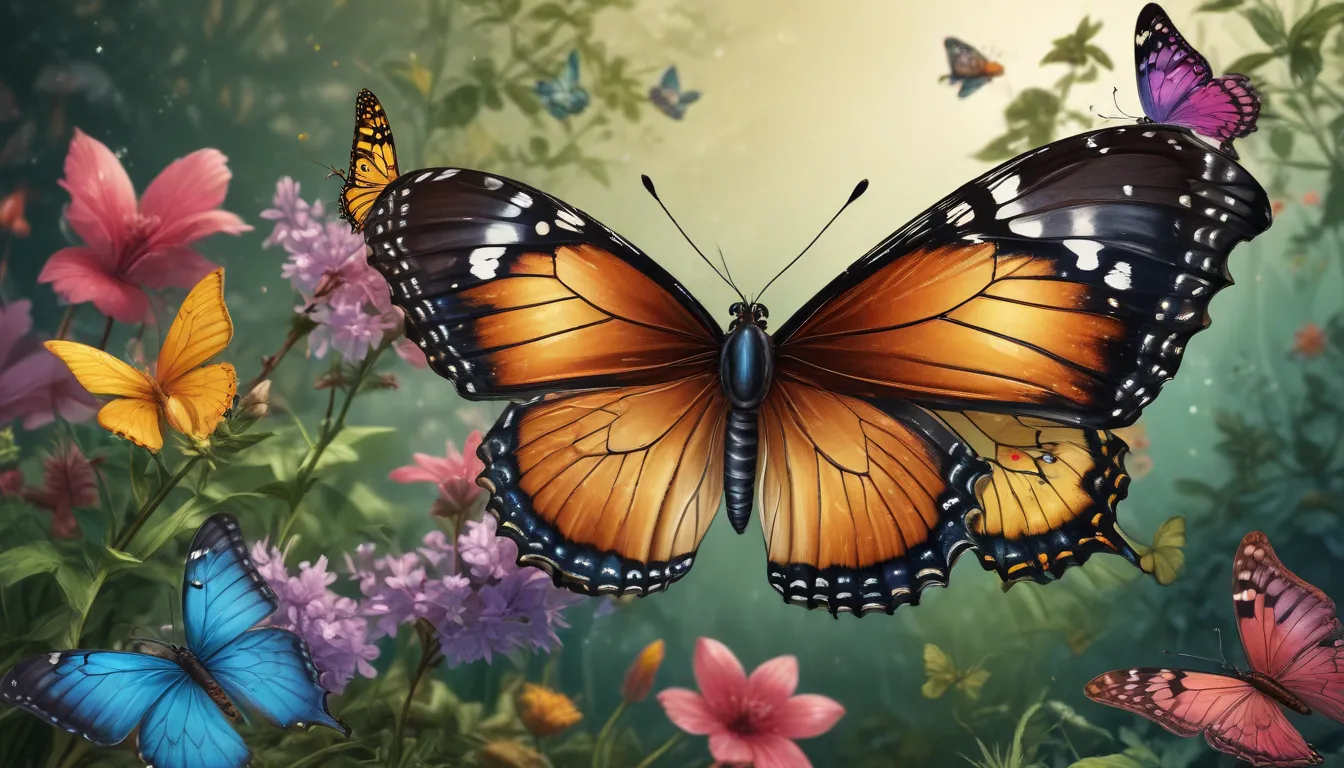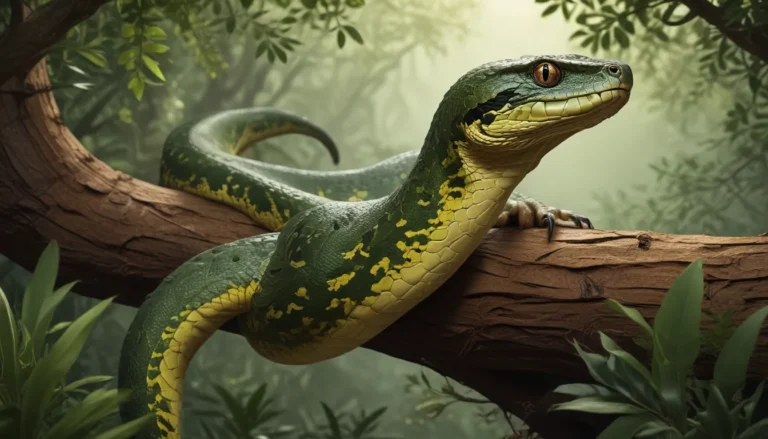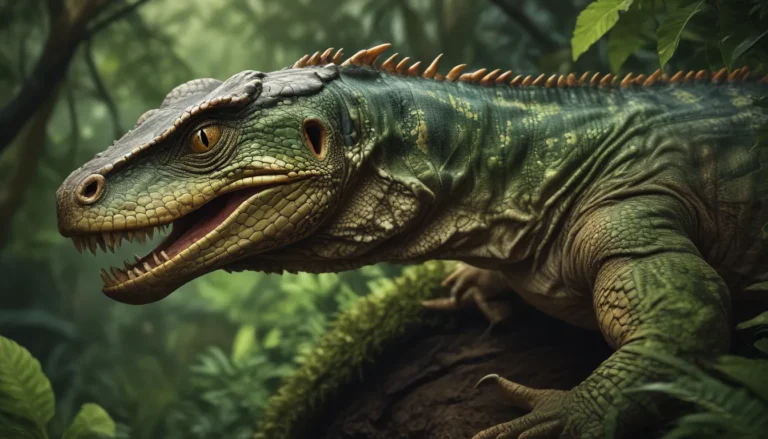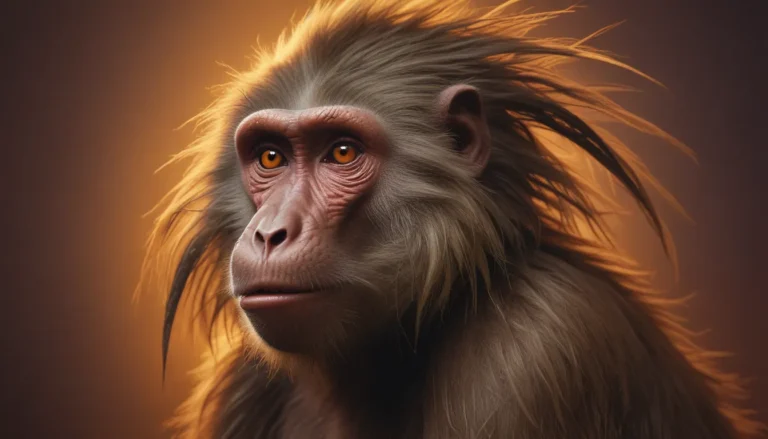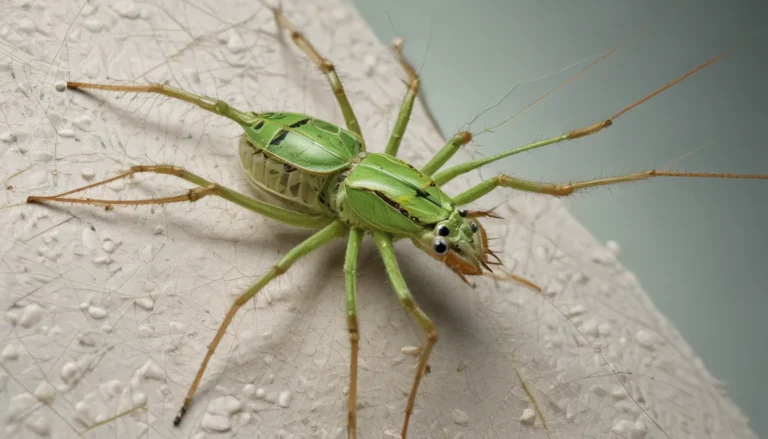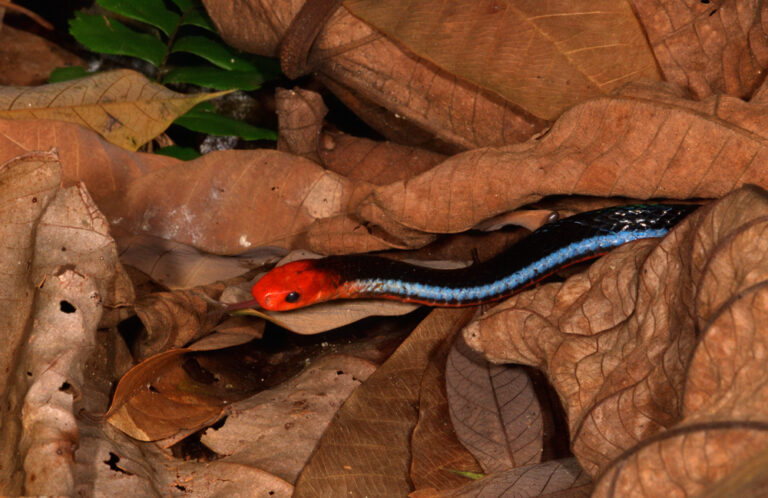The pictures we use in our articles might not show exactly what the words say. We choose these pictures to make you interested in reading more. The pictures work together with the words but don’t take their place. The words still tell you the important facts.
Butterflies are nature's delicate wonders, captivating humans with their vibrant colors, graceful flight, and unique life cycles. These enchanting insects have become a source of study and admiration for nature enthusiasts and researchers around the world. In this article, we will delve into 13 fascinating facts about butterflies that will deepen your understanding and appreciation for these remarkable creatures. From their important role as pollinators to their exceptional migration patterns, butterflies have a wealth of intriguing qualities that make them truly special. So, let's embark on a journey into the captivating world of butterflies and uncover some surprising facts that will leave you in awe of nature's wonders.
Understanding Butterflies: Key Takeaways
- Vital Pollinators: Butterflies play a crucial role in the ecosystem by contributing to plant reproduction and biodiversity through pollination.
- Incredible Life Cycle: Despite their short lifespan, butterflies undergo a remarkable transformation from egg to caterpillar to pupa and finally to an adult butterfly.
The Delicacy of Butterfly Wings
Butterflies are renowned for their beautiful and vibrant wings, adorned with intricate patterns and colors. These wings, covered in scales, make them a sight to behold, showcasing nature's artistry in full display.
Life Span Variability
The lifespan of a butterfly varies, with most species living for only a few weeks. Despite their brief existence, butterflies undergo a mesmerizing metamorphosis from egg to caterpillar to pupa and, finally, to a captivating adult butterfly.
Diverse Butterfly Species
With over 20,000 species worldwide, butterflies can be found in a multitude of habitats, ranging from tropical rainforests to deserts. These creatures come in a stunning array of sizes and colors, showcasing the endless diversity of the natural world.
The Unique Feeding Habits of Butterflies
Butterflies possess a fascinating way of feeding known as "proboscis," a long, straw-like mouthpart that enables them to extract nectar from flowers. In the process, they act as natural pollinators, aiding in the reproduction of plants.
The Vision of Butterflies
Equipped with compound eyes, butterflies boast excellent eyesight that allows them to perceive a wide spectrum of colors and even detect ultraviolet light. This keen vision plays a crucial role in their navigation and survival.
The Majesty of Butterfly Migration
Some butterfly species undertake remarkable long-distance migrations, with the Monarch butterfly being a notable example, traveling up to 3,000 miles from North America to Mexico. This awe-inspiring journey highlights the resilience and adaptability of these creatures.
The Role of Butterflies in Ecosystem Health
As essential pollinators, butterflies significantly contribute to the reproduction of plants and the overall biodiversity of their habitats. Their presence is integral to maintaining the delicate balance of the ecosystem.
Sensory Marvels: Butterflies’ Tasting Mechanism
Butterflies utilize their feet as taste sensors, helping them identify suitable food sources and potential mates. This unique adaptation showcases the intricate ways in which butterflies interact with their environment.
Navigating Through Magnetic Fields
Fascinatingly, butterflies can sense and utilize the Earth's magnetic field as a guide during their migration and daily activities. This remarkable ability aids them in navigating vast distances and finding their way through diverse landscapes.
The Intriguing World of Butterfly Defense
Certain butterfly species, such as the Monarch and the Pipevine Swallowtail, possess toxins in their bodies, making them unappealing to predators. These natural defense mechanisms ensure their survival in the wild.
Flight Patterns of Butterflies
Butterflies exhibit a specialized flight pattern, flapping their wings in a figure-eight motion that enables them to hover and swiftly change direction. This unique mode of flight showcases their agility and grace.
Unveiling Nature’s Splendor: The Queen Alexandra’s Birdwing
The Queen Alexandra's Birdwing holds the title of the largest butterfly in the world, boasting an impressive wingspan of up to one foot. This majestic creature embodies the grandeur and beauty of the natural world.
Symbolism of Transformation and Beauty
Throughout history and across cultures, butterflies have symbolized transformation, growth, and the soul. Their graceful presence and metamorphosis serve as a powerful reminder of the beauty and resilience found in nature.
Embracing the Magic of Butterflies
Butterflies truly captivate our hearts with their vibrant colors and ethereal presence. Their journey through metamorphosis, from a humble egg to a soaring butterfly, enchants both young and old alike. Whether you're drawn to their unique adaptations or intrigued by their migratory feats, exploring the world of butterflies offers a delightful and enlightening experience.
Next time a butterfly flutters into your view, take a moment to marvel at its beauty and reflect on the incredible journey it has undertaken to grace your surroundings.
FAQs: Exploring Butterfly Curiosities
- How long do butterflies live? On average, butterflies live for about 2 to 4 weeks, though some species may live up to 9 months.
- Where do butterflies come from? Butterflies begin their lives as eggs laid on plants, progressing through the stages of caterpillar, chrysalis, and emerging as a magnificent butterfly.
- What do butterflies eat? Butterflies primarily feed on nectar from flowers, with some species also consuming rotting fruit, tree sap, or animal droppings.
- How do butterflies help the environment? Butterflies serve as crucial pollinators, facilitating plant reproduction by transferring pollen between flowers.
- Do butterflies migrate? Yes, many butterfly species undertake migrations to find suitable breeding grounds and food sources, with the monarch butterfly known for its extensive travels.
- Are butterflies harmful to humans? No, butterflies are harmless creatures that do not pose any threat to humans as they do not bite or sting.
- How many species of butterflies exist? There are over 20,000 known butterfly species worldwide, with ongoing discoveries adding to this number.
- How do butterflies defend themselves from predators? Butterflies employ various defense mechanisms, including camouflage, toxic chemicals, and intimidating behaviors like rapid wing fluttering.
- Can butterflies see color? Yes, butterflies possess excellent color vision, enabling them to discern a broad spectrum of colors essential for locating nectar-rich flowers.
- What are some common butterfly species? Well-known butterfly species include the monarch butterfly, swallowtail butterfly, painted lady butterfly, and the blue morpho butterfly.
Dive deeper into the enchanting realm of butterflies by exploring tropical butterfly houses, creating butterfly-friendly gardens, and unraveling the mysteries of unique species like the blue swallowtail butterfly. Each encounter with these fascinating insects offers a glimpse into the intricate beauty and complexity of the natural world, inviting you to appreciate and protect these delicate wonders.
Embrace the Wonder of Butterflies
Butterflies embody nature's artistry and resilience, showcasing the transformative power of growth and change. As you immerse yourself in the world of butterflies, allow their beauty and grace to inspire you to cherish and preserve the precious biodiversity of our planet. Let these gentle creatures guide you on a journey of discovery and appreciation for the intricate wonders that surround us.
Unveiling Nature’s Treasures
Butterflies enchant us with their vibrant colors and delicate wings, serving as a reminder of the beauty and diversity found in the natural world. Their presence not only brings joy but also contributes significantly to the health and vitality of ecosystems worldwide. Let us celebrate these enchanting creatures and embark on a shared mission to safeguard and nurture the invaluable treasures of nature for generations to come.
